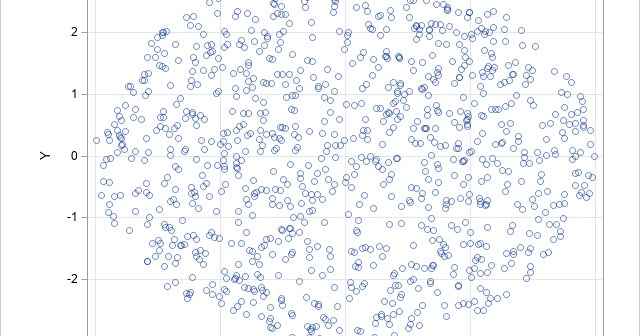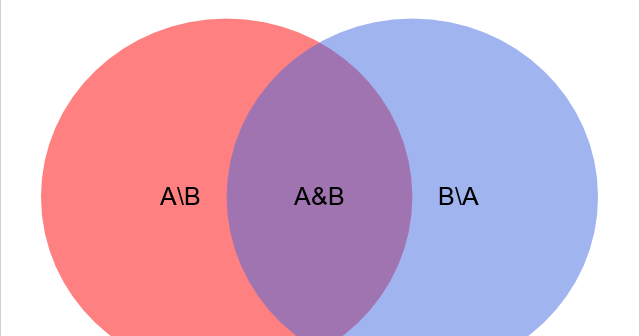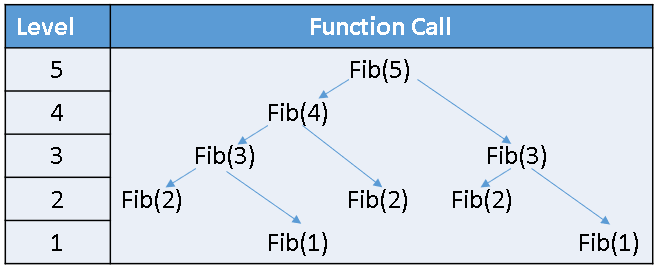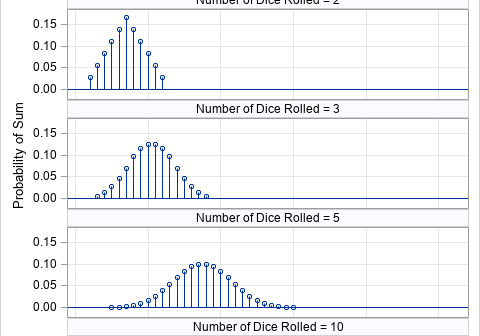The DO Loop
Statistical programming in SAS with an emphasis on SAS/IML programs
A previous article about how to display missing values in SAS prompted a comment about special missing values in ODS tables in SAS. Did you know that statistical tables in SAS include special missing values to represent certain situations in statistical analyses? This article explains how to interpret four special

In statistical tables in SAS, a dot (.) represents a numerical missing value. Although a dot is the default symbol in SAS, other languages use other symbols. The R language prints the symbol NA, which stands for "not available." The MATLAB language uses NaN ("Not a Number"). In Python, many

Modern software for statistical graphics automatically handles many details and graph defaults, such as the range of the axes and the placement of tick marks. In the days of yore, these details required tedious manual calculations. Think about what is required to place ticks on a scatter plot. On the

In SAS, DATA step programmers use the IN operator to determine whether a value is contained in a set of target values. Did you know that there is a similar functionality in the SAS IML language? The ELEMENT function in the SAS IML language is similar to the IN operator

A previous article shows how to implement recursive formulas in SAS. The article points out that you can often avoid recursion by using an iterative algorithm, which is more efficient. An example is the Fibonacci sequence, which is usually defined recursively as F(n) = F(n-1) + F(n-2) for n

Many well-known distributions become more and more "normal looking" for large values of a parameter. Famously, the binomial distribution, Binom(p, N), can be approximated by a normal distribution when N (the sample size) is large. Similarly, the Poisson(λ) distribution is well approximated by the normal distribution when λ is large.
